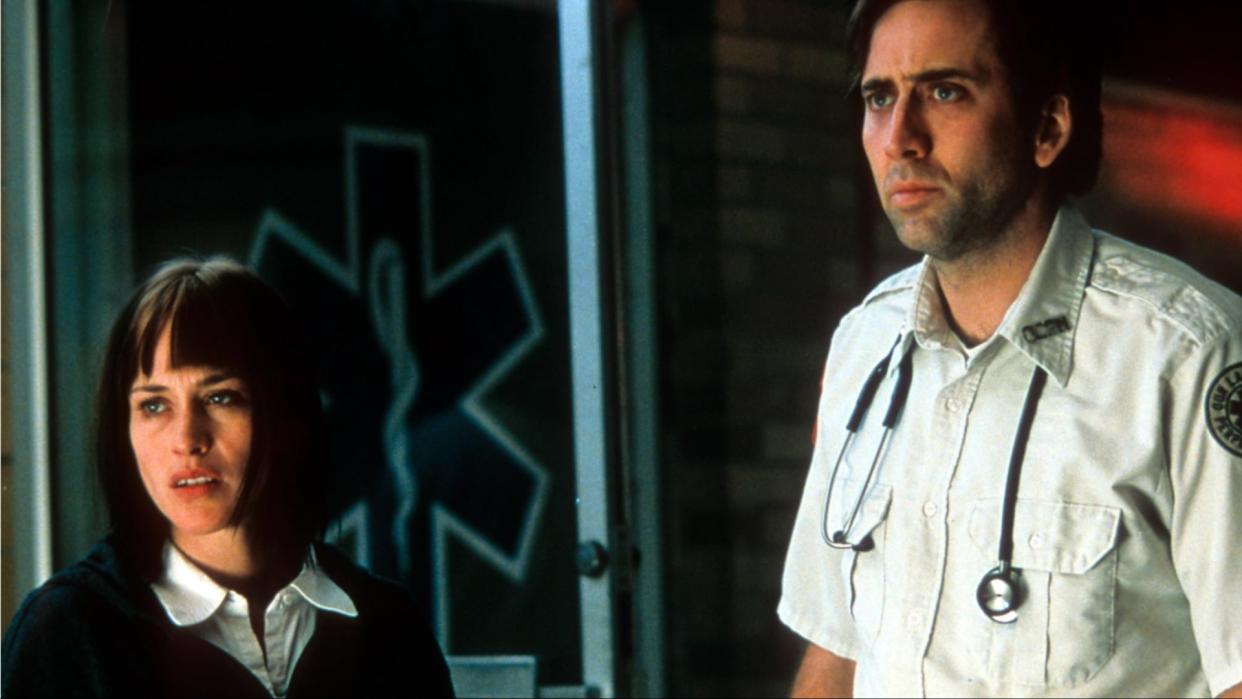Nicolas Cage thinks his "misunderstood" 1999 movie with Martin Scorsese will stand the test of time

- Oops!Something went wrong.Please try again later.
- Oops!Something went wrong.Please try again later.
When you think of Nicolas Cage, the first performance that comes to mind probably isn't Martin Scorsese's Bringing Out the Dead, a psychological drama released in 1999. Cage, however, thinks it's one of his best movies – and that it's "misunderstood".
"I love that movie, and I think it will stand the test of time," he told Deadline. "I really believe that that is one of my best movies. I was in between Snake Eyes and National Treasure, and I thought it was the most unusual style of filmmaking. It was perhaps the most abstract I’ve seen Martin Scorsese get with his style, and for me as well. But I think it was misinterpreted."
In Bringing Out the Dead, Cage plays Frank, a depressed, insomniac paramedic in New York City who's haunted by the hallucinations of a homeless girl he failed to resuscitate. Written by Paul Schrader, the cast also includes Patricia Arquette, John Goodman, and Ving Rhames.
Although the movie was relatively well-received by critics – with a Rotten Tomatoes score of 73% – it was a box office bomb, making back only half of its $32 million budget.
"The movie was marketed in such a way – probably because I had been making adventure films – that people thought it was going to be an ambulance action/adventure movie," Cage continued. "Well, that’s not what it was. It was a very painful character analysis of a burned-out paramedic, based on a very good book by Joe Connelly. But it was misunderstood, and I think that movie, maybe when it goes to high definition, will get another breath of life."
Scorsese followed up Bringing Out the Dead with Gangs of New York, which made almost 12 times as much as the former at the box office and received 10 Oscar nominations.
For more, check out our guide to the other best upcoming movies on the way in 2024.

